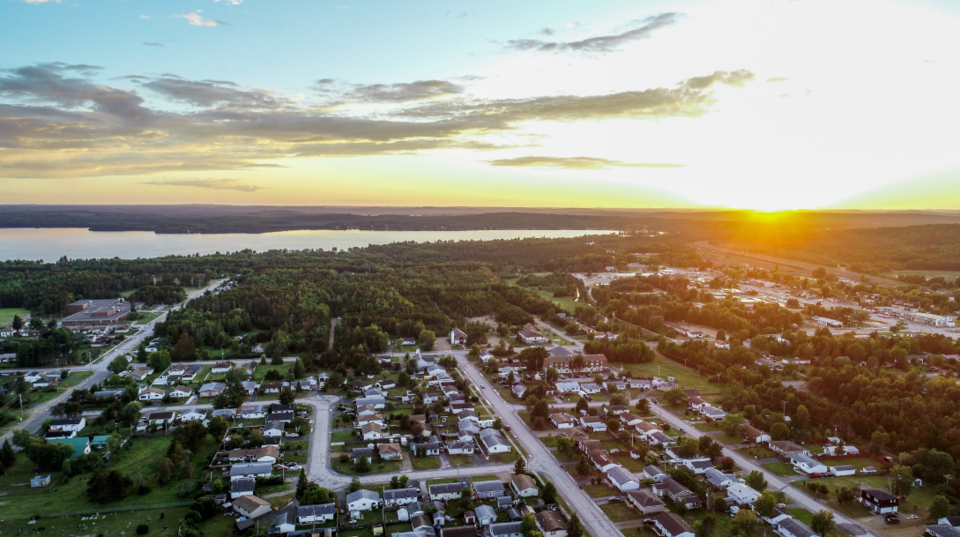The Ignace-Wabigoon area in northwestern Ontario will be the host area for a nuclear waste repository.
After a 14-year site selection process, the area between Ignace and Wabigoon Lake Ojibway Nation was selected by the Nuclear Waste Management Organization (NWMO) as the site for a deep nuclear waste repository, in a Nov. 28 announcement.
"This is a historic moment," said Laurie Swami, NWMO president-CEO, in a statement. "This project will solve an environmental issue and supports Canada's climate change goals. And today's decision was driven by a consent-based siting process led by Canadians and Indigenous peoples. This is what making history looks like."
This site selection process was started in 2010 and involved more than a decade of engagement between the NWMO and potential host communities across Ontario.
The Township of Ignace was one of the first communities to signal its interest among 22 communities that weighed into the process. The process was narrowed down in 2020 to Ignace-Wabigoon and South Bruce-Saugeen Ojibway Nation in southwestern Ontario.
There were votes by the Township of Ignace and the Wabigoon Nation in favour of pursuing the next steps to host this facility.
The site that has been extensively studied is near Revell Lake, south of the Trans-Canada Highway and 35 kilometres west of Ignace, roughly halfway between the community and Wabigoon.
The news release contained no timelines on construction, but previous reports and documents indicated groundbreaking could be 10 years off.
NWMO was established by Ottawa to come up with a plan and find a place for the long-term storage and management of used nuclear fuel.
The basis for this site selection process was picking an area with suitable geology and a willing host community. To ensure local consent, scientific studies, extensive engagement, and technical assessments were done to allow area residents to make an informed decision.
The underground storage facility would be 650 metres to 800 metres below ground and encased in solid rock with engineered barriers designed into the repository to ensure spent fuel can be stored safely for thousands of years.
With the selection process over, the project will undergo a review process of licensing by the Canadian Nuclear Safety Commission and a federal impact assessment where more public engagement and consultation will be done.
“I express my deep gratitude to the communities of Wabigoon Lake Ojibway Nation and the Township of Ignace, as well as the many other communities that were involved in the site selection process,” said federal energy and natural resources minister Jonathan Wilkinson in a statement.




